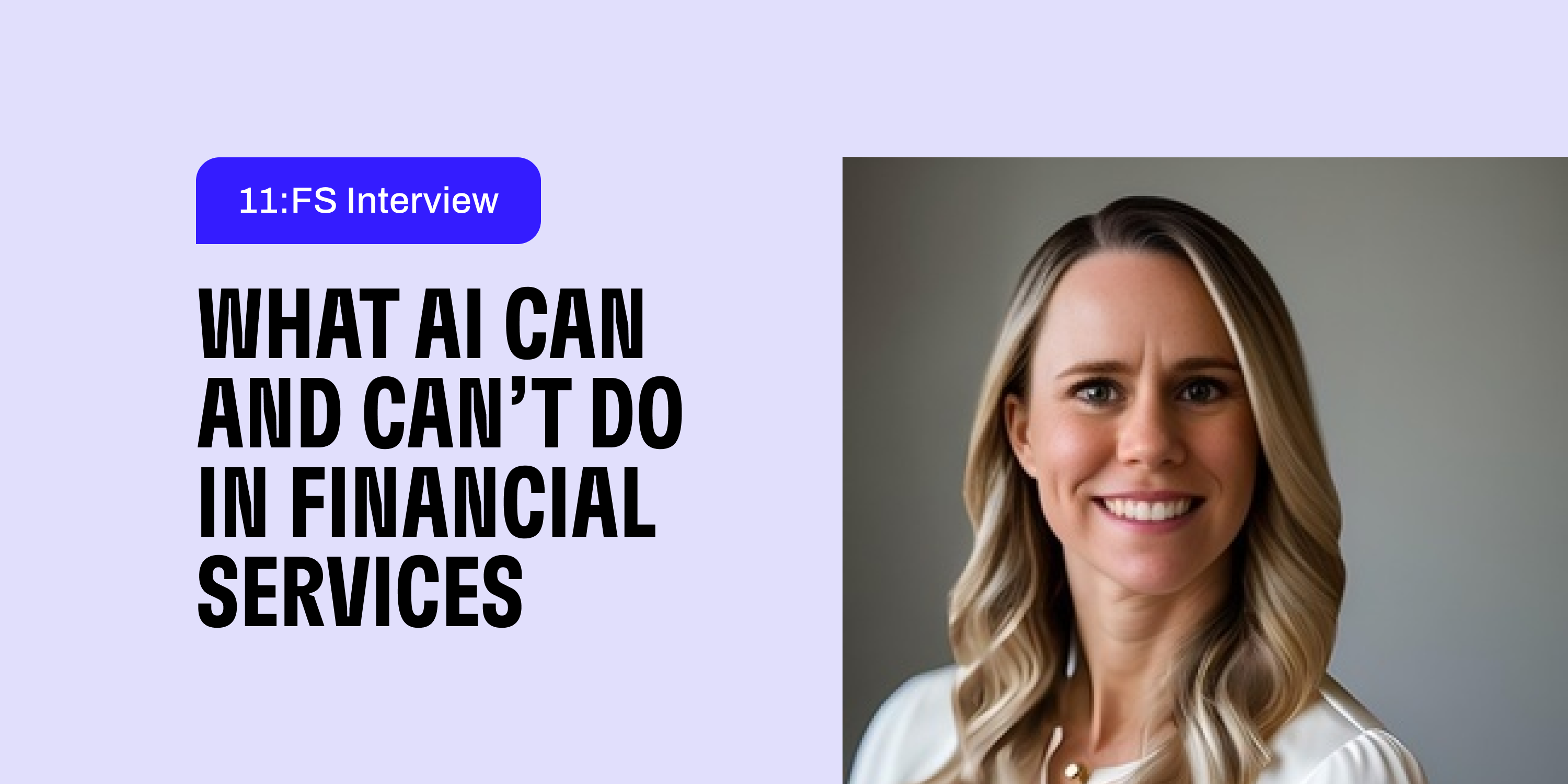
10 Risks of Asking ChatGPT for Money Advice
Sure it's got a massive robot brain, but can you trust ChatGPT when it comes to your hard earned cash?
This is some text inside of a div block with Cleo CTA
CTASigning up takes 2 minutes. Scan this QR code to send the app to your phone.

Researchers have demonstrated that AI can outperform adults on divergent thinking tests. But does that actually mean it's creative?

Artificial intelligence is challenging the belief that only humans can be creative, recently showing some signs of potential genuine creativity.
In the early days, we had a team of comedy writers writing each chat flow between the users and Cleo. It wasn’t the fastest process, but it allowed us to deliver an experience in personal finance you couldn’t find anywhere else.
As the power of generative AI has increased, we’ve gone from writers only to writers and LLMs trained on those thousands of chat flows in Cleo’s voice.
The results have been magic, but is it pure AI creativity? What exactly is AI creatively capable of anyway?
Recent studies, including new research from the University of Arkansas, have shown that AI, particularly in the form of advanced systems like GPT-4, can outperform humans in tasks requiring divergent thinking. This kind of thinking involves coming up with many answers to questions that have more than one correct solution.
This emerging evidence raises fascinating questions about the nature of creativity itself and the potential for machines to replicate and innovate, offering fresh perspectives and solutions that push the boundaries of what we traditionally considered possible in art, science, and beyond.
The study employed three distinct tests to evaluate creativity: the Alternative Use Task, the Consequences Task, and the Divergent Associations Task. These assessments test an individual's capability to repurpose everyday objects, foresee outcomes of unusual scenarios, and link seemingly unrelated concepts.
Notably, GPT-4's ability to produce responses that were not only more numerous and lengthy but also showcased greater semantic diversity underscored its superior creative potential.
The research marks a significant step in understanding AI's evolving role in creative processes. As AI continues to make strides in various fields, its potential to augment and enhance human creativity becomes increasingly evident, opening new avenues for collaboration between humans and artificial intelligence.
There's a lot of worry about how generative AI—technology that can make new things like audio, text, pictures, and videos—might take over many jobs.
However, many experts believe that an advantage of generative AI for businesses and governments is its ability to boost human creativity and help make innovation more accessible to everyone.
We’re also not worried about AI taking creative jobs just yet, especially if divergent thinking is the measuring stick. Human adults aren’t hard to beat there, especially if you’re 5 years old.
According to New York University professor Andres Fortino, AI is transforming the creative landscape by harnessing extensive data to forge novel concepts, thus sparking inspiration for artists seeking their next breakthrough.
It offers visual artists a springboard for creation through AI-generated imagery, encompassing abstract designs and transformative compositions they can reinterpret in their work.
Musicians gain an ally in AI for composing innovative melodies, harmonies, and compositions, pushing the boundaries of conventional genres and styles.
AI becomes a muse for writers and poets, providing prompts, sentences, and narrative building blocks to fuel the creation of captivating stories and verse.
AI has also shown its creative capabilities through collaboration with human artists. For instance, an AI-generated piece, "The Portrait of Edmond de Belamy," was auctioned by Christie’s in 2018 for $432,500, which was almost 45 times its expected price.
This piece was crafted using a generative adversarial network that analyzed a dataset of 15,000 portraits spanning six centuries. In the music industry, Grammy-nominated producer Alex Da Kid teamed up with IBM’s Watson to produce hit songs, using AI to enhance his creative process.
When people use AI to make art, they still get to say they made it because they tell the AI what to do. But with AI tools like Dall-E that can quickly create new pictures or music, it's hard to figure out who the real artist is. These AI tools learn from many different artworks and then make something that looks like those but is still new.
Yet it may be that the best artwork may come from collaboration between AI and humans. Eric Zhou and Dokyun "DK" Lee studied whether AI tools that turn text into pictures help or hurt an artist's creativity. They looked at art shared online, comparing pieces made with AI's help to those made without it, and recently published their findings in the journal PNAS Nexus. They discovered that artists who started using AI made more art than before and got more likes and positive comments on their work from the online community.
So, it's tough to decide who made it: the AI itself, all the artists whose work helped teach the AI or the person who gives the AI detailed instructions on what to create, including the look and feel.
It’s still early days though. Attitudes and perceptions will shift as time goes on and collaborative work goes mainstream. Just like Dylan going electric.

Sure it's got a massive robot brain, but can you trust ChatGPT when it comes to your hard earned cash?

Explore how AI money apps are shaping the future of finance 💸

ICYMI: Cleo's Senior Machine Learning PM, Kate Janssen dropped by the studios at 11:FS to chat AI + Fintech with some of London's biggest brains.

